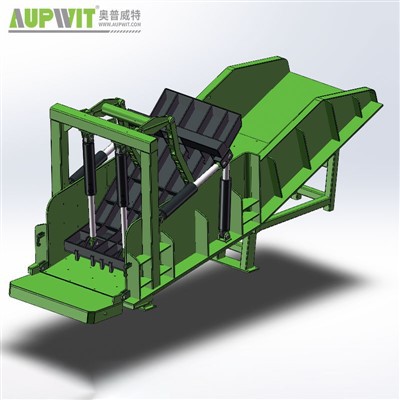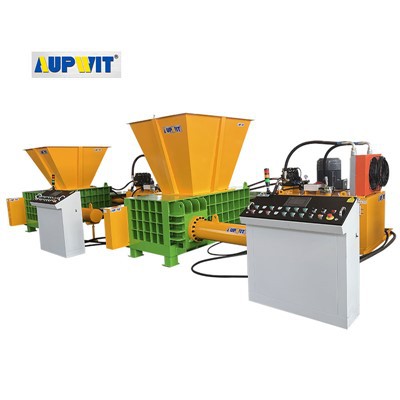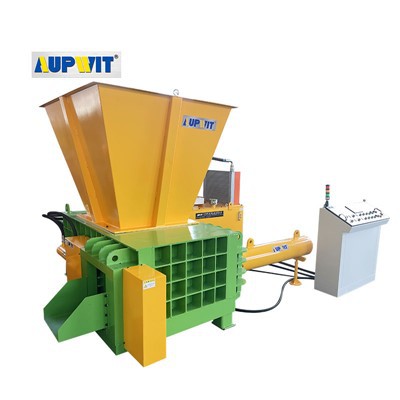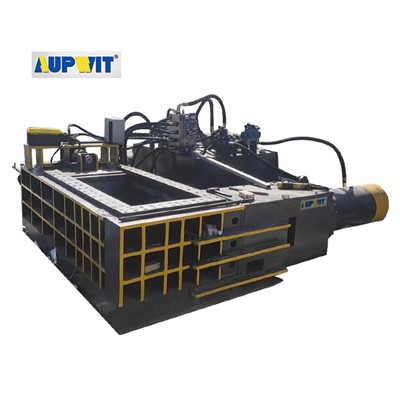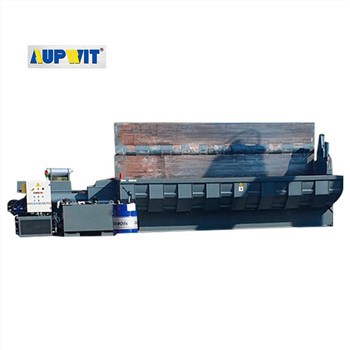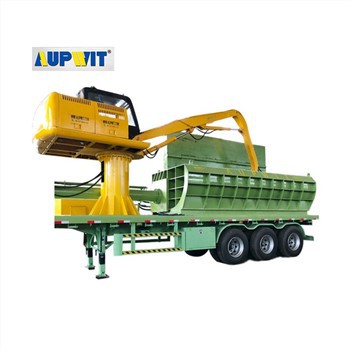Shredder machines operate by mechanically cutting, tearing, and crushing materials into smaller, uniform pieces through high-torque rotational forces. The core working principle involves the following stages:
1. Feeding & Initial Breakdown
-
Material is fed into the shredder via a hopper or conveyor belt.
-
Pre-shredding blades or rollers break down large items into manageable chunks before further processing.
2. Cutting & Shearing Mechanism
-
Rotating Shafts with Blades:
-
Single-shaft shredders use a spinning rotor with hooked blades to grab and shear materials against a fixed bed.
-
Dual-shaft shredders employ counter-rotating shafts with interlocking blades for finer shredding via tearing, shearing, and compression.
-
-
Granulators use smaller blades for precision cutting (e.g., plastic pellets).
3. Size Reduction & Output Control
-
A screen or grate beneath the blades determines final particle size; materials exit once small enough.
-
Adjustable rotor speed (20–60 RPM for heavy-duty, 100–500 RPM for light materials) optimizes shredding efficiency.
4. Discharge & Separation
-
Shredded material is conveyed for sorting, recycling, or compaction.
-
Optional magnetic separators extract metals from mixed waste streams.
Key Components:
-
Blades: Hardened steel/tungsten carbide for durability.
-
Drive System: Electric/hydraulic motors provide high torque.
-
Control Panel: Adjusts speed, reverses jams, and monitors load.
Applications:
-
Waste Recycling: Plastics, metals, e-waste.
-
Industrial Scrap: Wood, rubber, textiles.
-
Secure Destruction: Paper, hard drives.


